Rainbow Valley Death Zone: Mount Everest's Darkest Region
When you think of Mount Everest, the highest peak on Earth, images of adventurous climbers reaching the summit often come to mind. However, beyond the glory of summiting Everest lies a chilling reality known as the Rainbow Valley Death Zone. This creepy named location on the mountain is as fascinating as it is tragic, representing one of the most dangerous and haunting parts of the Everest ascent.
In this blog, we'll explore what the Rainbow Valley Death Zone is, its significance, and why it serves as a somber reminder of the perils of high-altitude climbing.
Understanding the Rainbow Valley Death Zone
The Rainbow Valley Death Zone is not a place of vibrant colors as the name might suggest. Instead, it’s a grim stretch of Mount Everest, located near the summit in the so-called "death zone" - a region above 8,000 meters (26,247 feet) where the oxygen levels are so low that human survival is severely compromised. The name "Rainbow Valley" refers to the numerous bodies of climbers who have perished in this area over the years, their brightly colored mountaineering gear giving the valley its ironic name.
The Location and Geography of Rainbow Valley
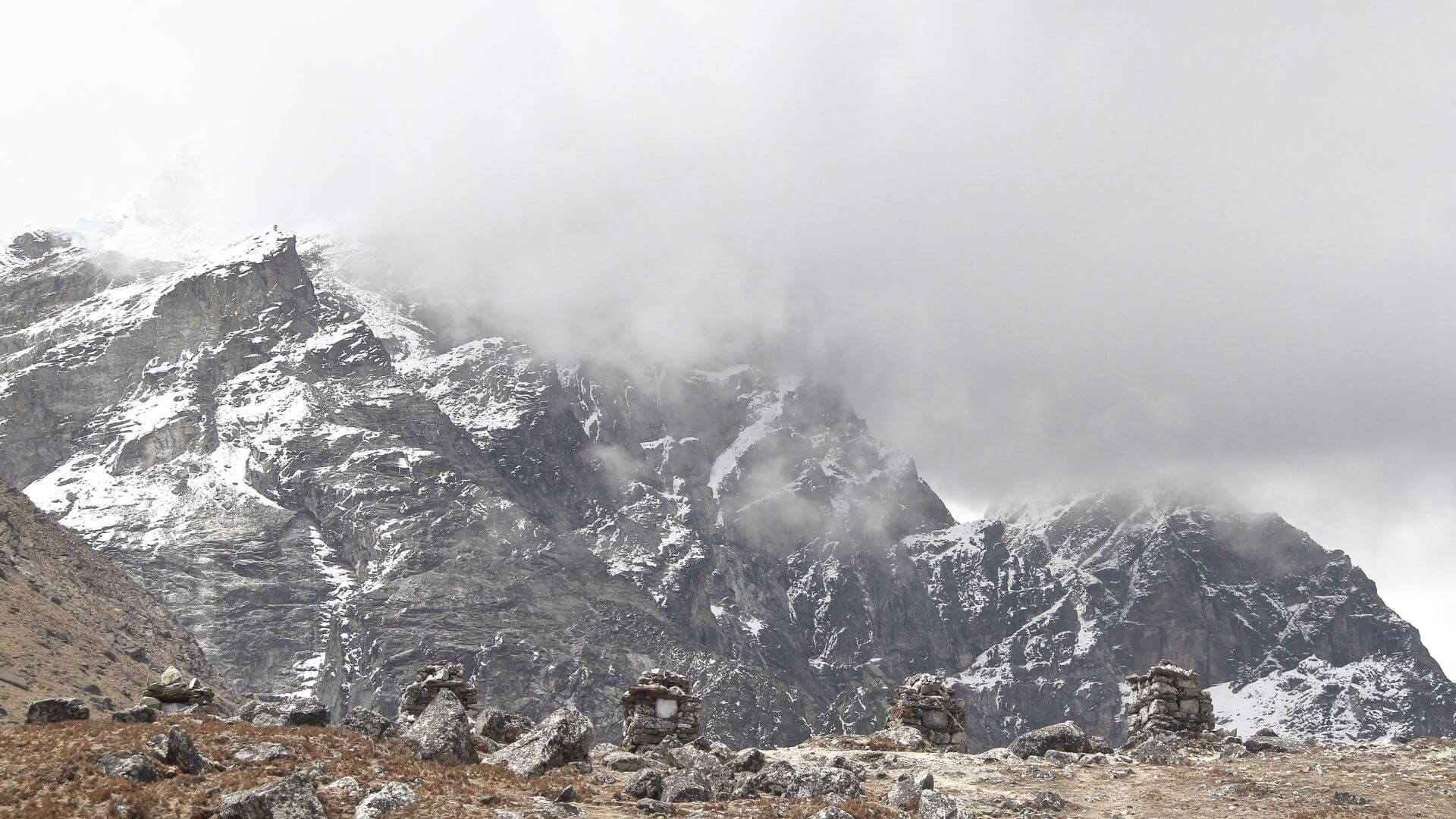
Rainbow Valley on Everest is situated on the northeastern ridge route of the mountain. This area is incredibly steep, with treacherous terrain that climbers must navigate as they make their final push to the summit. The extreme altitude of over 8,000 meters, combined with unpredictable weather and the physical toll of the climb, makes this one of the deadliest spots on Mount Everest.
The region is called the "death zone" because the human body cannot acclimatize to such low oxygen levels. At this altitude, the body begins to deteriorate, even if supplemental oxygen is used. The lack of oxygen leads to impaired judgment, exhaustion, and in many cases, death.
The Rainbow Valley Death Zone is particularly notorious because it is here that many climbers, weakened by the ascent, succumb to the mountain's unforgiving conditions.
The Haunting History of Rainbow Valley
The history of Rainbow Valley Everest is a grim catalog of lost lives. Since climbers first began attempting to summit Everest, this area has claimed numerous victims. The exact number of bodies in Rainbow Valley is unknown, but estimates suggest there are at least 200 bodies on the mountain, with a significant number located in this section.
One of the most well-known bodies is that of "Green Boots," a climber whose body became a landmark on the route. Green Boots is believed to be Tsewang Paljor, an Indian climber who perished during a 1996 expedition. His body, identifiable by the bright green climbing boots, lay in a small cave just below the summit and served as a grim waypoint for other climbers for many years.
Why Do Bodies Remain in Rainbow Valley?
The bodies in the Mount Everest Rainbow Valley remain where they fell for several reasons. The primary reason is the sheer difficulty and danger involved in retrieving bodies from such an altitude. The death zone is incredibly hazardous, and the effort required to recover a body could put others' lives at risk. The combination of extreme cold, high winds, and low oxygen makes it nearly impossible to carry out a safe recovery mission.
In addition to the physical challenges, the cost of retrieving a body from Everest can be prohibitively expensive. The logistical complexities and the need for specialized teams mean that the cost can range from $30,000 to $70,000 or more. For many families, this is an insurmountable expense, and the deceased climbers are left to rest where they perished.
The Psychological Impact on Climbers
For those who attempt to summit Everest, passing through the Everest Rainbow Valley can be a harrowing experience. The sight of bodies frozen in time, dressed in brightly colored gear, is a stark reminder of the risks involved in such an endeavor. These visual reminders of mortality can be deeply unsettling, leading to what some climbers describe as a "silent communion with death."
This psychological toll adds to the already immense physical challenges of the climb. Some climbers have reported experiencing feelings of dread, hopelessness, or even guilt as they pass by the bodies. The knowledge that a single mistake or miscalculation could lead to the same fate is ever-present, making the journey through the Rainbow Valley a mentally and emotionally grueling experience.
The Ethical Debate: Should the Bodies Be Removed?
The presence of bodies in the Rainbow Valley Death Zone has sparked ethical debates within the mountaineering community and beyond. Some contend that in observance of the departed and their families, the bodies ought to be taken out. They contend that it would be negligent to leave the dead on the mountain and that every attempt should be made to remove them so they can be buried properly.
However, some argue that the bodies should stay in their current location since they are a potent reminder of the perils associated with climbing Everest. The bodies, in the climbers' opinion, are an integral part of the mountain's past, and their removal would mean the stories of the ancestors would be lost. Furthermore, it is impossible to ignore the tremendous risk associated with corpse recovery missions; many people feel that it is not acceptable to endanger other lives in order to collect the deceased.
The Role of Sherpas in the Rainbow Valley
The native people that inhabit the Everest region, known as Sherpas, are essential in helping climbers by providing guidance and carrying supplies. Should a recovery expedition be conducted, they are also frequently assigned the unpleasant responsibility of retrieving bodies from the mountain. The Sherpas are deeply aware of the dangers associated with the mountain and have a close relationship with it.
However, the work of recovering bodies from the Rainbow Valley on Everest is incredibly dangerous, even for these experienced climbers. The high-altitude environment poses severe risks, and the Sherpas who undertake these missions are well aware of the dangers. Despite this, they often proceed out of a sense of duty, both to the climbers they guide and to the mountain itself.
Modern Climbing and the Future of Rainbow Valley
In recent years, the popularity of climbing Everest has surged, leading to overcrowding and increased risks on the mountain. The Rainbow Valley Death Zone has seen more traffic than ever before, which has only heightened the dangers. With more climbers attempting to reach the summit, the likelihood of fatalities remains high, and the number of bodies in Rainbow Valley continues to grow.
Some experts have called for stricter regulations on who can climb Everest, arguing that only those with significant experience should be allowed to attempt the ascent. There are also discussions about improving the infrastructure on the mountain, such as installing fixed ropes and better emergency services, to reduce the number of deaths. However, the challenge of managing such a popular and dangerous destination remains daunting.
The Legacy of Rainbow Valley
The Rainbow Valley on Mount Everest has left behind a tragic and inspirational legacy. The valley is a site of death, yet it is also a symbol of the human spirit is unwavering resilience. Those who lost their lives in Rainbow Valley did so in the name of a dream—a desire to scale the highest mountain in the world. Even if their stories are terrible, they nevertheless serve as an inspiration to others to push boundaries and follow their ambitions despite the risks.
The Rainbow Valley is a site of great regard for many climbers. It is a site where only the strongest and most determined can survive, and it symbolizes the pinnacle of climbing difficulty. The bodies that are still there serve as a reminder of the thin line that separates life and death as well as success and failure.
Prepare for Climbing in the Death Zone
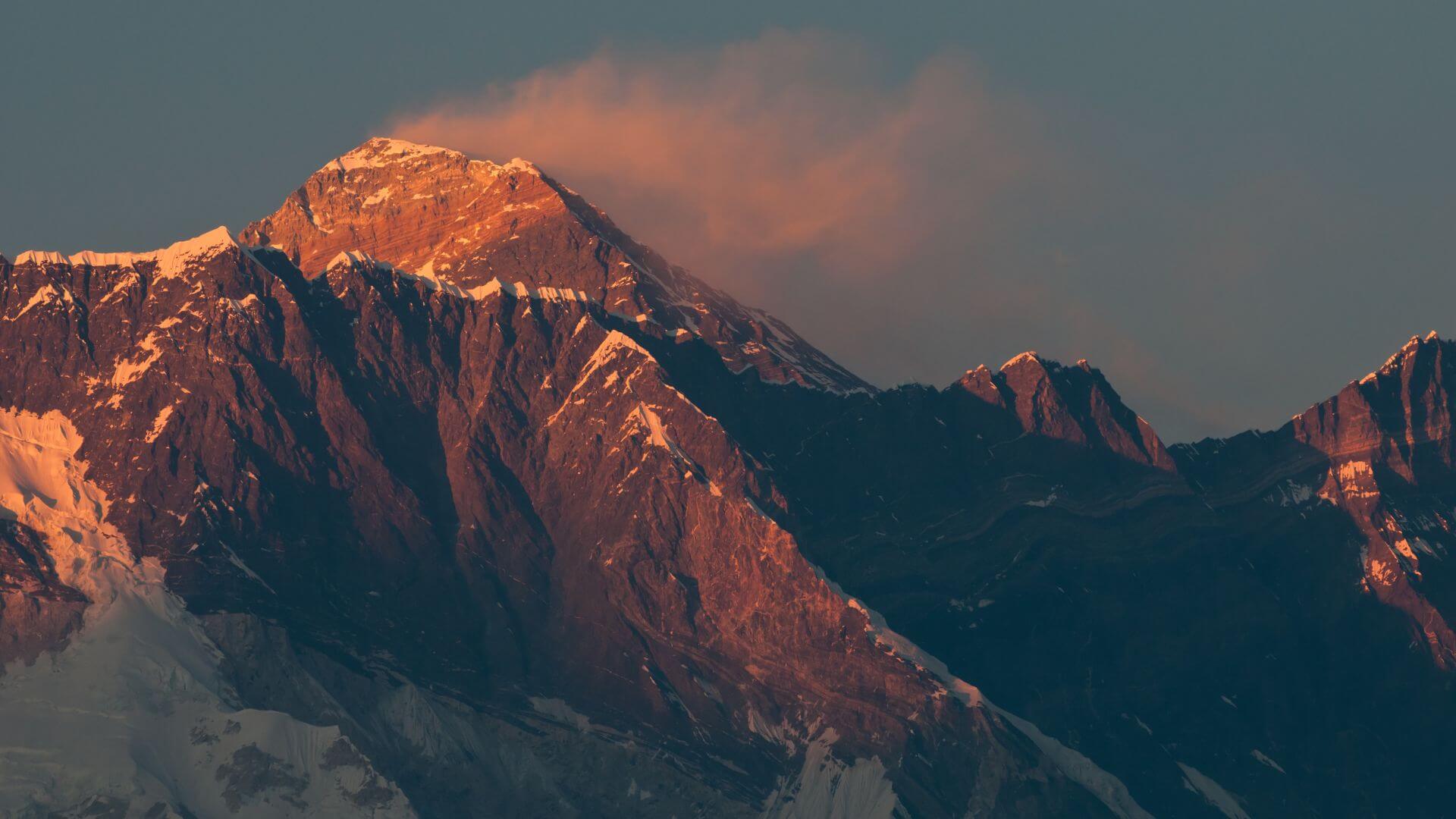
For those who dream of climbing Everest, preparation is key to survival. Understanding the risks associated with the Rainbow Valley Death Zone is crucial. Here are some tips for climbers who are considering this formidable challenge:
Physical Conditioning: It takes exceptional physical fitness for climbers to endure the demands of high-altitude climbing. This covers endurance, strength training, and cardiovascular fitness.
Mental Preparedness: It takes mental toughness in addition to physical strength to climb in the death zone. Climbers need to be ready for harsh circumstances, such as wind, cold, and seeing other climbers who have passed away.
Acclimatization: Altitude sickness, a common and possibly fatal ailment that arises at high altitudes, can be avoided with proper acclimatization. Before tackling the summit, climbers should spend a few weeks acclimating at different camps on the mountain.
Use of Supplemental Oxygen: Most climbers need additional oxygen to survive in the death zone, however others attempt to summit without it. It is essential to know how to utilize and maintain oxygen tanks.
Climbing with Experienced Guides: The likelihood of a successful and secure ascent can be greatly increased by hiring knowledgeable guides, such Sherpas. These guides can offer priceless aid because they are well-versed in the mountain.
Explore our package Everest Base camp Trek
The Risks of High-Altitude Climbing
Climbing Everest, particularly in the Everest Rainbow Valley, presents numerous risks beyond the obvious dangers of altitude and weather. These include:
Frostbite: The extreme cold at high altitudes can cause frostbite, leading to permanent tissue damage or even amputation.
Hypoxia: The lack of oxygen in the death zone can cause hypoxia, a condition where the body and brain are deprived of oxygen, leading to confusion, hallucinations, and ultimately, death.
Avalanches: The risk of avalanches is ever-present on Everest, particularly in the steep and unstable areas around Rainbow Valley.
Exhaustion: The physical demands of climbing at such high altitudes can lead to exhaustion, making it difficult for climbers to continue or return to safety.
Learn about acclimization and altitude sickness in higher altitude climbing.
Stories from the Rainbow Valley
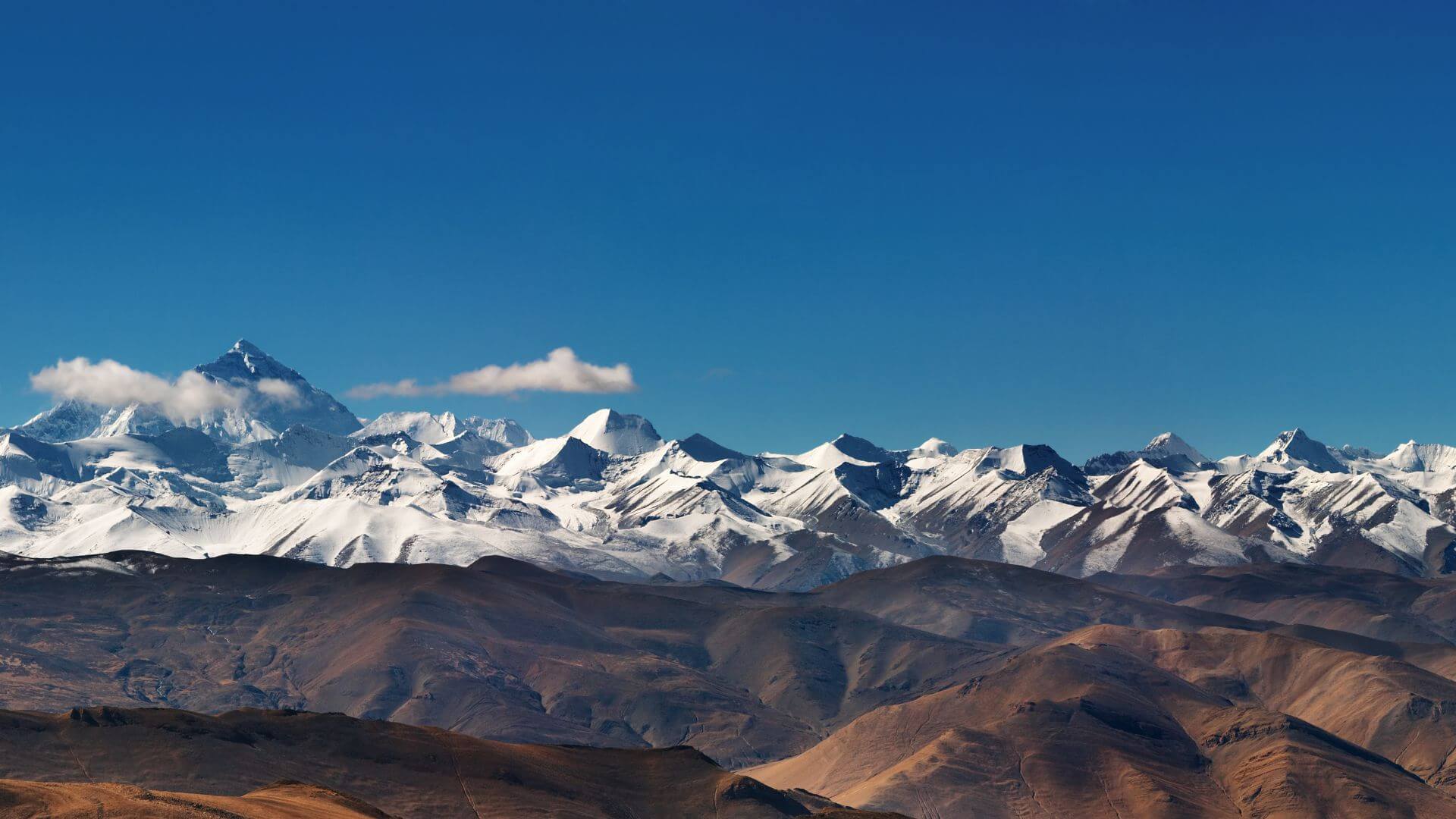
Over the years, countless stories have emerged from the Rainbow Valley Death Zone. These stories, both tragic and heroic, provide a glimpse into the harsh realities of climbing Everest. From climbers who have lost their lives in pursuit of the summit to those who have made miraculous escapes, the valley is filled with tales of adventure, danger, and the human spirit's resilience.
Francys Arsentiev's 1998 achievement of being the first American woman to summit Everest without the need for additional oxygen is one such tale. She tragically died from the extreme conditions in the death zone and never managed to climb back down. She was a tragic reminder of the perils of high-altitude climbing, and her body was left in Rainbow Valley for years.
Role of Technology in Modern Climbing
Although technology has greatly improved accessibility and safety for Everest climbers, it has also increased risk and crowding in the Rainbow Valley on Everest. The chances of survival for climbers have increased because to modern equipment, satellite communications, and weather forecasts, but this has also increased the number of people trying the ascent—many of whom might not be adequately prepared.
Drones, GPS units, and other technical innovations have simplified mountain navigation and emergency response. But technology can only do so much due to Everest's unpredictable nature. It is still up to climbers to use their discretion, experience, and skill to go through the death zone safely.
The Ethics of Climbing Everest Today
As the number of climbers on Everest continues to grow, so too does the debate over the ethics of climbing the world's highest peak. The Rainbow Valley Death Zone is at the center of this discussion, as the increasing number of bodies raises questions about the morality of continuing to climb in such a dangerous environment.
Some argue that the risks are simply too high and that the mountain should be closed to climbers, or at least heavily regulated. Others believe that the spirit of adventure and the desire to conquer Everest are too deeply ingrained in human nature to be curtailed. Whatever the stance, the debate highlights the complex and often conflicting motivations behind high-altitude climbing.
Summary
The Rainbow Valley Death Zone on Mount Everest is a place of haunting beauty and immense danger.It acts as a reminder of the dangers associated with climbing at great altitudes and the price of following one's aspirations. The stakes are quite high for anyone who walk into this dangerous area, and failure would have grave implications.
However, climbers still swarm Everest because of the attraction of being at the top of the globe, despite the risks. The corpses in Rainbow Valley bear witness to acts of bravery, tenacity, and the human drive to go beyond what is thought to be possible. They also act as a sobering reminder that the mountain should not be taken lightly in all its magnificence.
As the legacy of the Mount Everest Rainbow Valley endures, it will continue to inspire, caution, and challenge those who seek to conquer the highest peak on Earth. Whether you see it as a place of death or a testament to the human spirit, Rainbow Valley is an integral part of the Everest experience, a place where the ultimate price is often paid in the pursuit of greatness.
Read Our Blog: Top 10 Off-the-beaten-path TReks in Nepal.
FAQs
What is the Rainbow Valley Death Zone?
The Rainbow Valley Death Zone refers to a section near the summit of Mount Everest, named for the many climbers' bodies scattered across the area, often dressed in colorful mountaineering gear. This region is located within the death zone, where oxygen levels are critically low, making survival extremely difficult.
Why are bodies left in Rainbow Valley on Everest?
Bodies are often left in the Rainbow Valley because of the extreme difficulty and danger involved in retrieving them. The death zone's harsh conditions make it nearly impossible to safely carry out recovery missions, and the cost of such operations is often prohibitively expensive.
How many bodies are in Rainbow Valley?
While the exact number is unknown, it is estimated that there are over 200 bodies on Mount Everest, with a significant number located in the Rainbow Valley. These bodies serve as a grim reminder of the dangers of climbing in such extreme conditions.
Who was Green Boots on Mount Everest?
Green Boots is the nickname given to the body of an Indian climber, believed to be Tsewang Paljor, who died in 1996 during an Everest expedition. His body, easily recognizable by its bright green boots, became a landmark on the northeastern route of Everest for many years.
Can bodies be removed from Mount Everest?
Yes, bodies can be removed from Mount Everest, but the process is extremely dangerous, costly, and logistically complex. Due to the risks involved, many bodies remain on the mountain, particularly in the death zone, where conditions are most hazardous.
Where is Rainbow Valley?
Rainbow Valley is on Everest’s northeastern ridge, a steep and treacherous area that climbers must pass to reach the summit. At an altitude above 8,000 meters, it’s known as the death zone because the human body can’t adapt to the low oxygen levels. Even with supplemental oxygen, the body starts to deteriorate. This makes Rainbow Valley one of the deadliest spots on Everest, where many climbers, weakened by the harsh conditions, meet their end.
What is the death zone on Mount Everest?
The death zone on Mount Everest refers to the altitude above 8,000 meters (26,247 feet) where oxygen levels are so low that human survival is severely compromised. In this zone, the body starts to deteriorate, and climbers are at a high risk of fatal conditions like hypoxia and exhaustion.

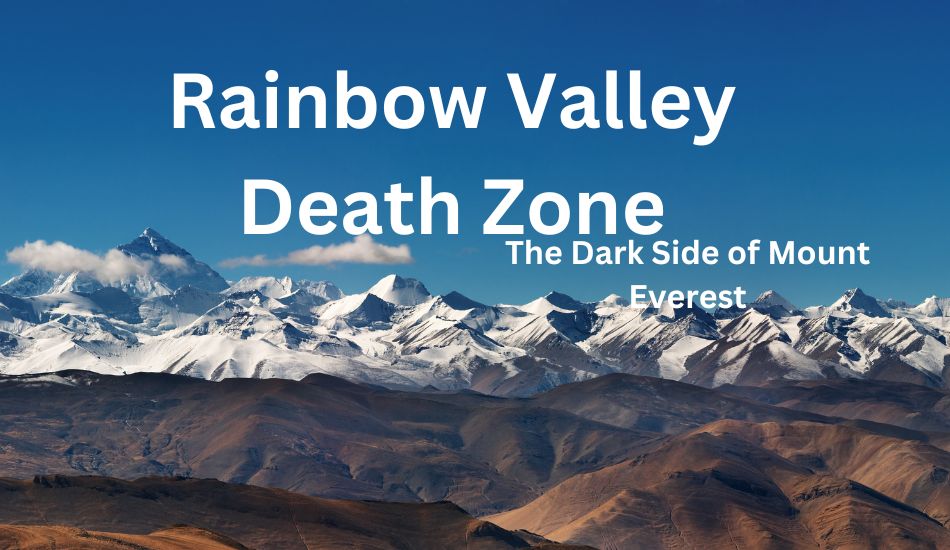
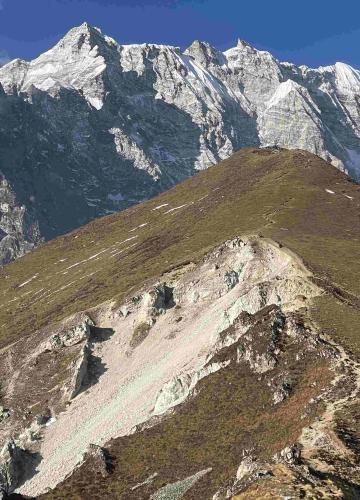
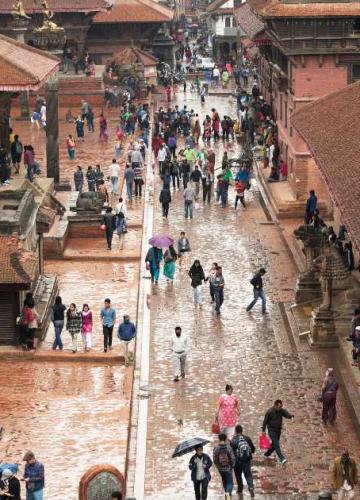
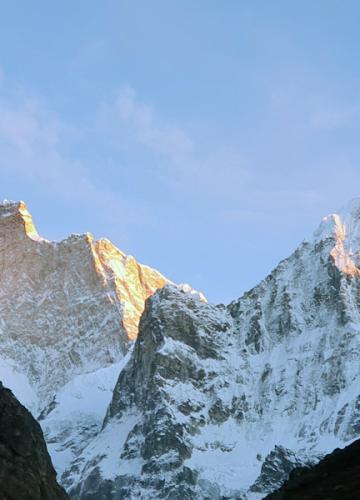
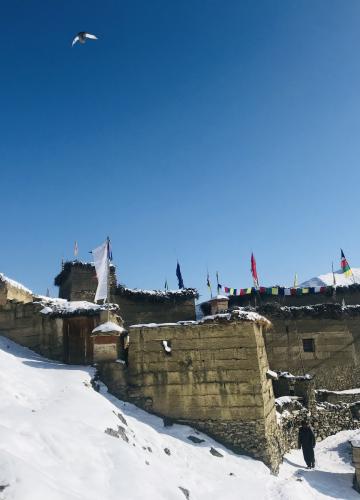
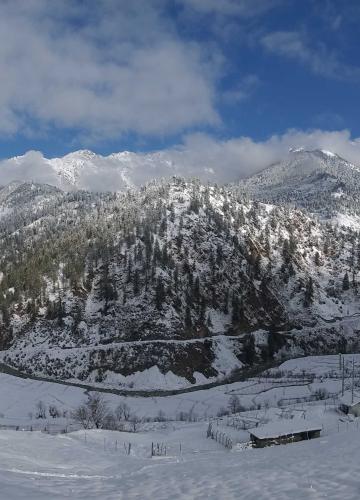
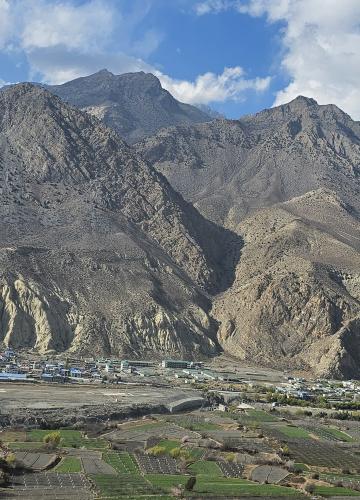

Leave Your Comment